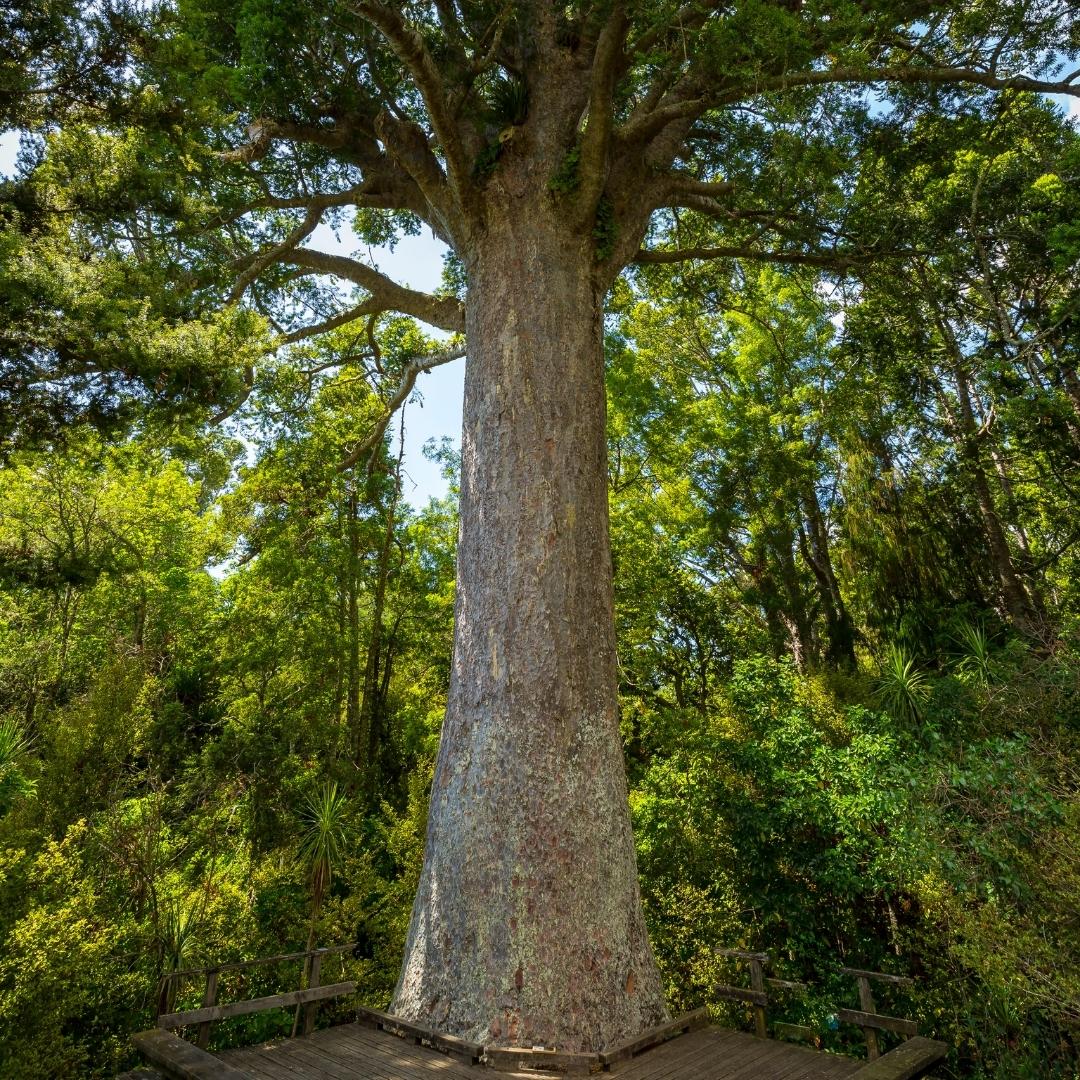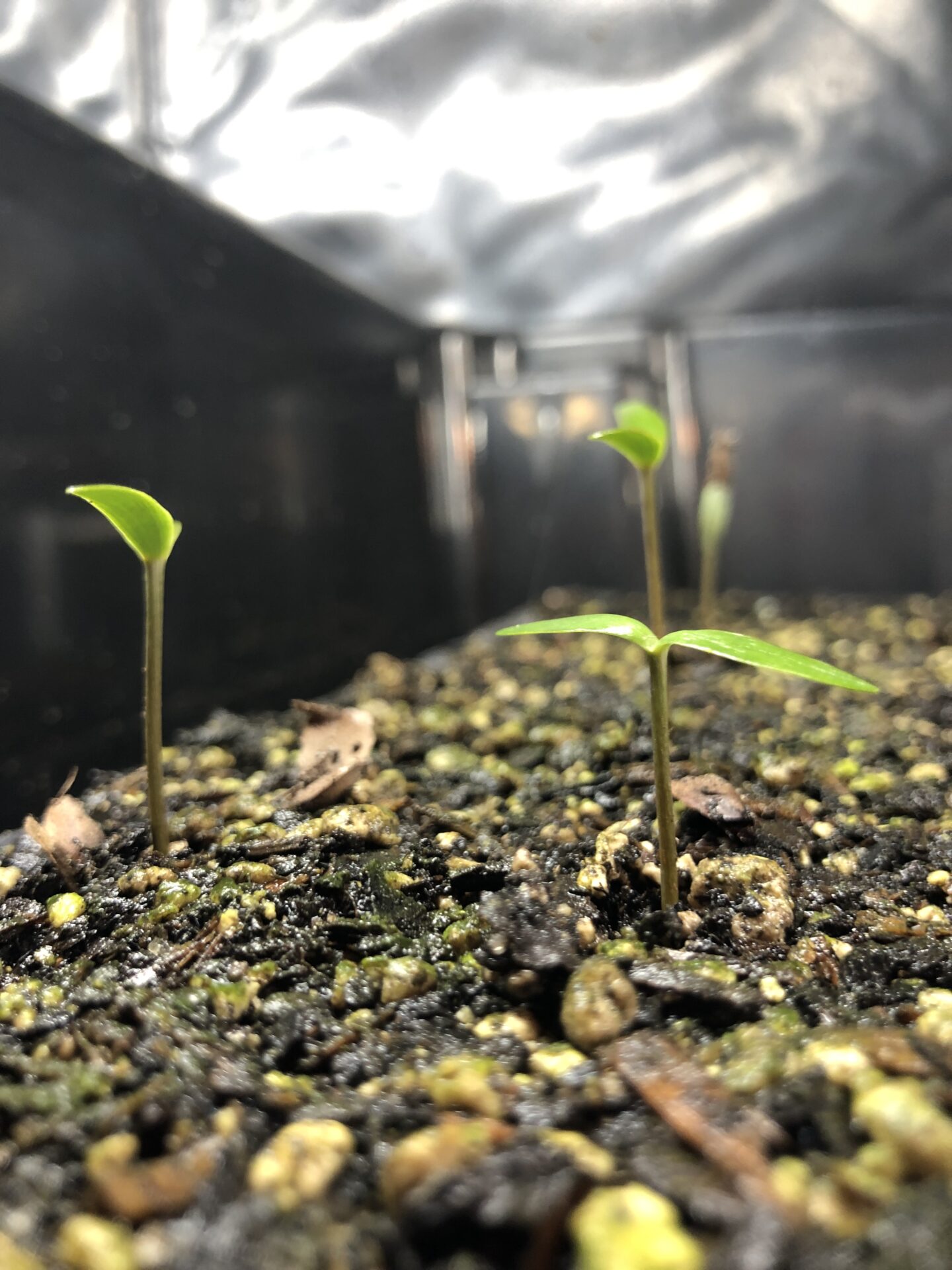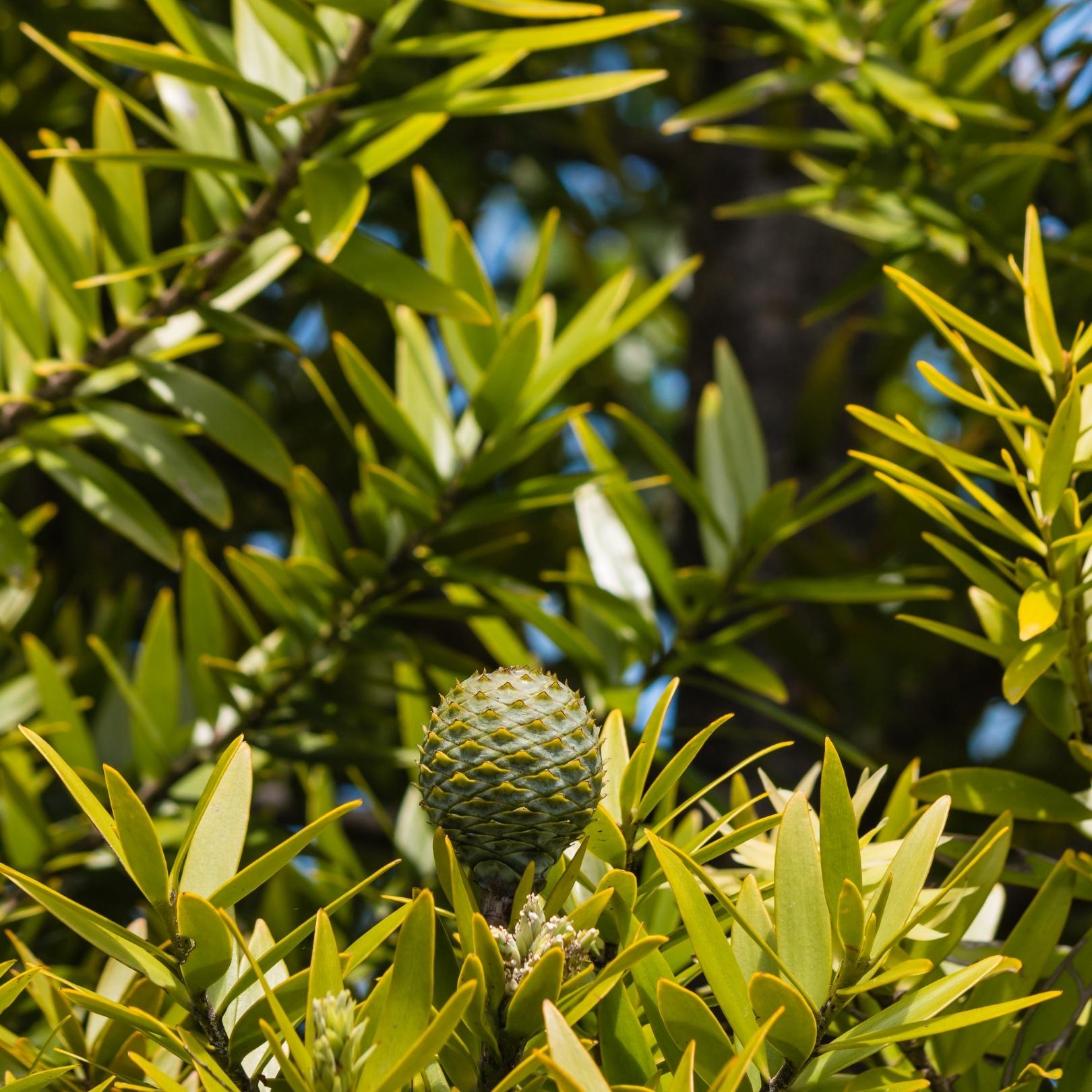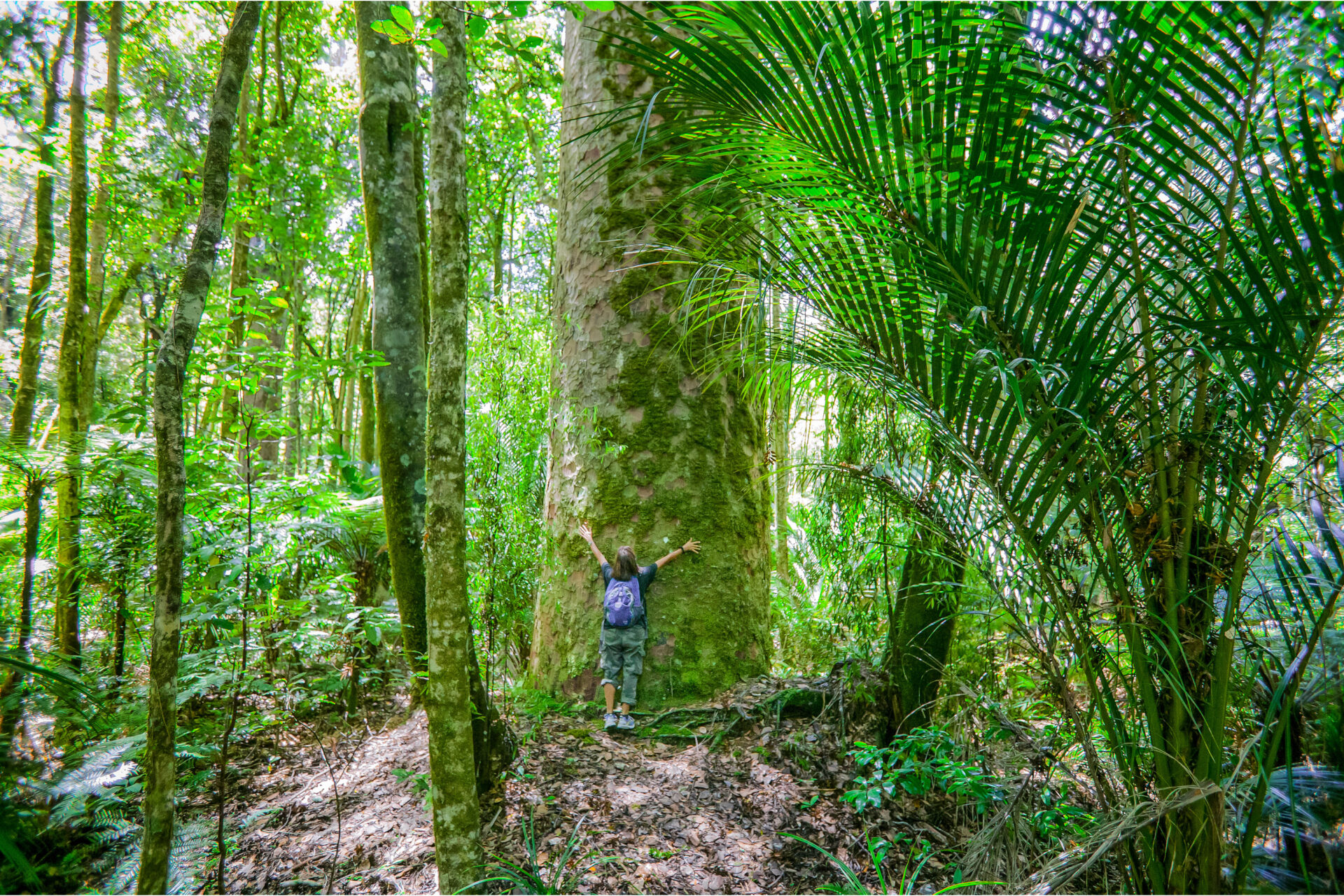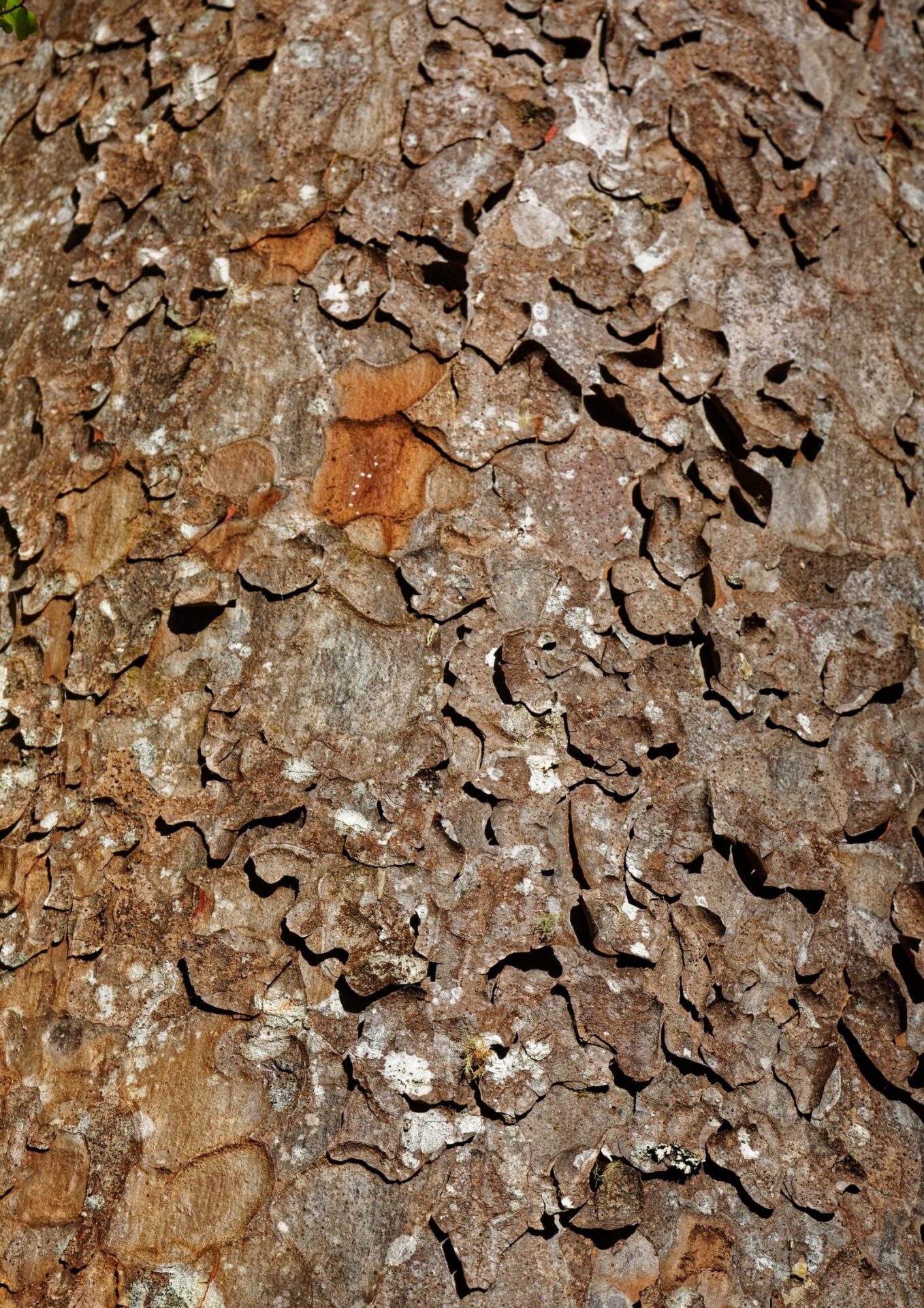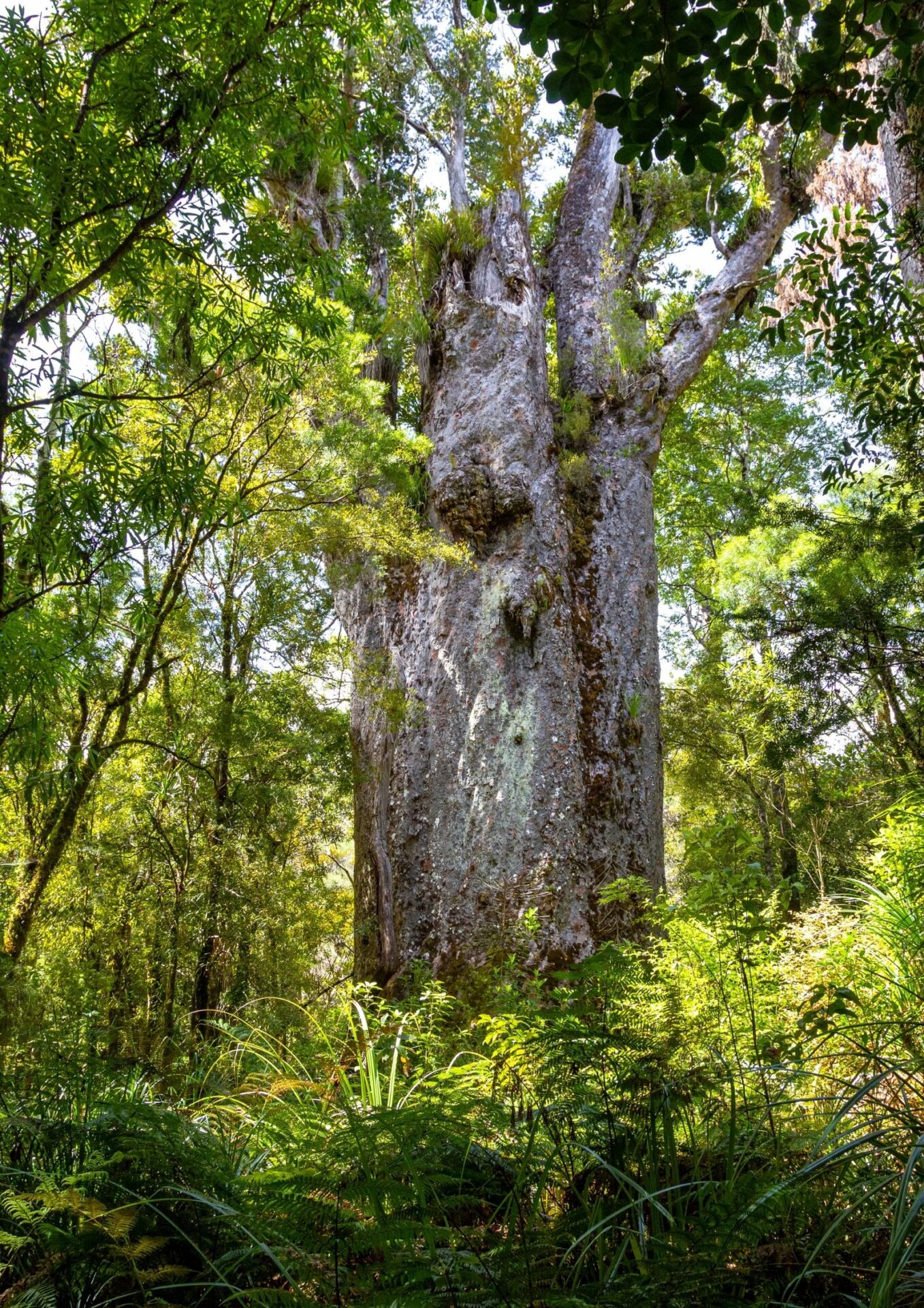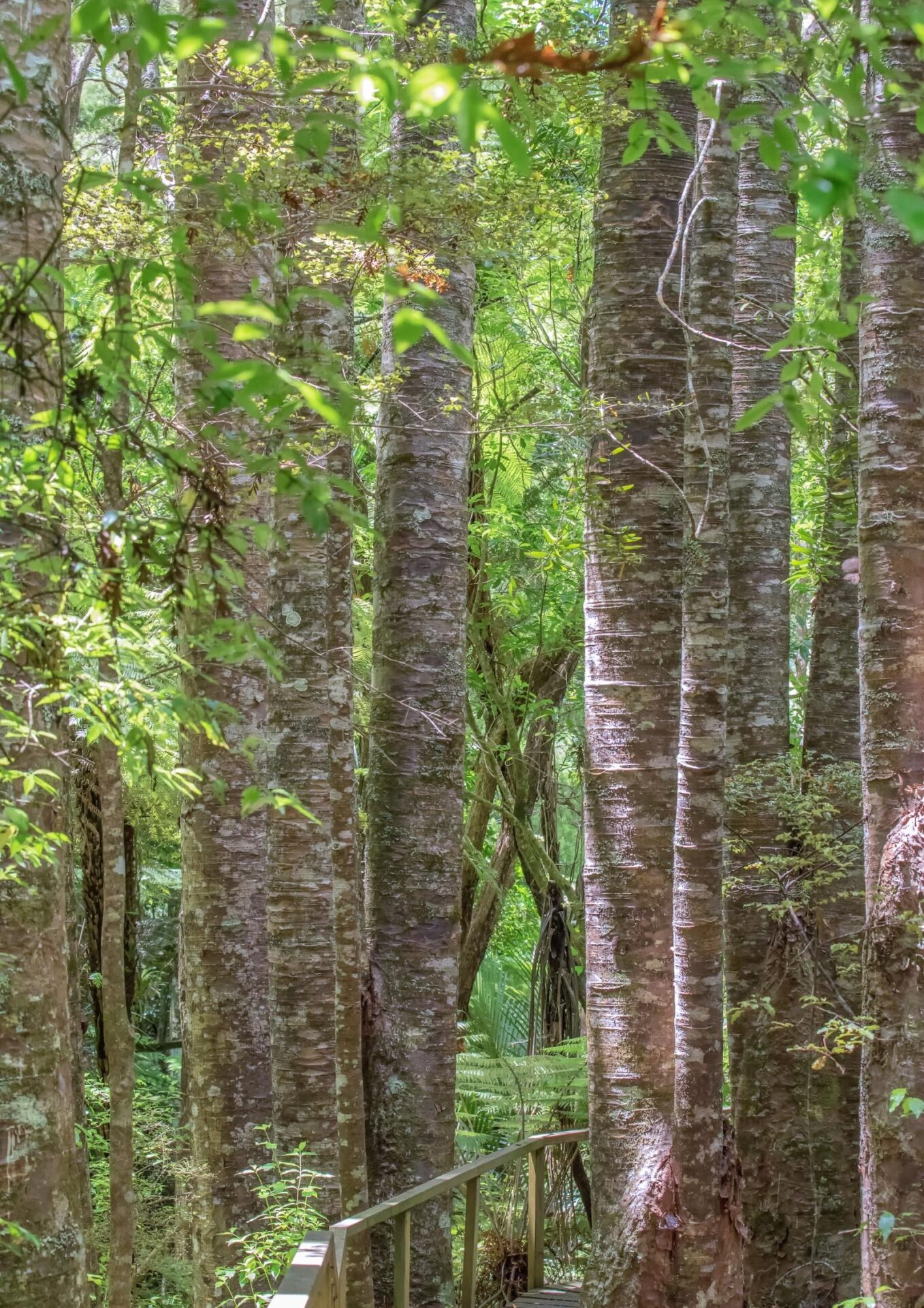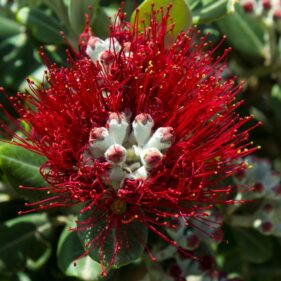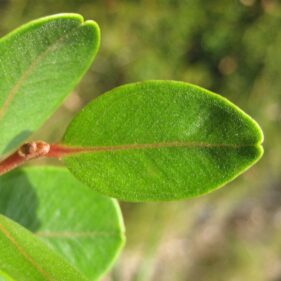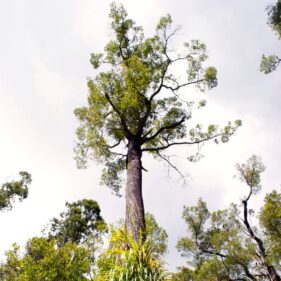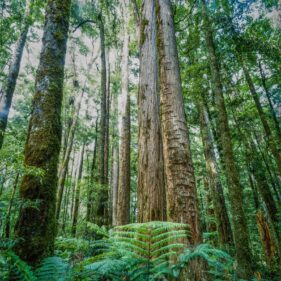Common name and scientific name: Kauri, Agathis australis
Origin and natural range: Native to New Zealand, Kauri tree is one of the largest and most iconic tree species in the country. It is found throughout the North Island, particularly in the northern and central regions. It is a prominent feature of the native forest and it can live for thousands of years.
Altitude range: The Kauri tree can grow from sea level to an altitude of 600m.
Physical characteristics: The Kauri tree is a large, evergreen tree that can grow up to 50 meters tall and can live for thousands of years. It has a thick trunk and a dense, round canopy. The leaves are glossy and dark green. The bark is smooth and varies from greyish-white to red-brown. The tree produces small, inconspicuous flowers in the summer.
Growth rate and lifespan: The Kauri tree has a slow to moderate growth rate, and can live up to 2000 years.
Growing conditions: The Kauri tree prefers well-drained soils, and can tolerate a variety of conditions such as full sun, partial shade, and dry or wet soils. It is frost hardy and can tolerate coastal exposure. It can be found in the forest, scrubland, and on the edge of the forest. The Kauri tree thrives in damp, low-nutrient soils, such as swamps, and it is often found growing in association with other native tree species such as Kahikatea, Totara, and Rimu.
Uses and benefits: The Kauri tree is an ornamental tree, it is also used for hedging, it is an attractive tree for wildlife and it is used for erosion control and for reforestation projects. The wood of the Kauri tree is strong, durable, and resistant to rot, which makes it ideal for construction and furniture.
Flowering and fruiting: The Kauri tree flowers in summer, typically between December and February, and produces small, inconspicuous flowers. The seeds are produced in woody cones and are ready to be collected between December and March.
Historical and cultural uses: The Kauri tree has been traditionally used by the Maori people for medicinal purposes such as treating wounds, rheumatism, and other ailments. The resin was also used as an ingredient in traditional medicine. The tree was also an important resource for the Maori people, the wood was used to make canoes, houses, and other items. The gum was also used to start fires and could be chewed after soaking in water and Puha milk. The tree also had spiritual significance for the Maori people, it was considered to be a sacred tree.
Planting instructions: The Kauri tree should be planted in a well-draining soil, in a location that receives full sun to partial shade. It is important to keep the soil consistently moist but not waterlogged. Take into account that it has a deep root system, which means it can grow to a certain depth and spread out to a certain width. It’s recommended to plant a tree that is at least 1-2 years old and at least 1 meter in height. This ensures that the tree has a strong root system and is better able to establish itself in its new location. You could consider a mulching mat, or use bark, pea straw etc. Plant after the last frost!

